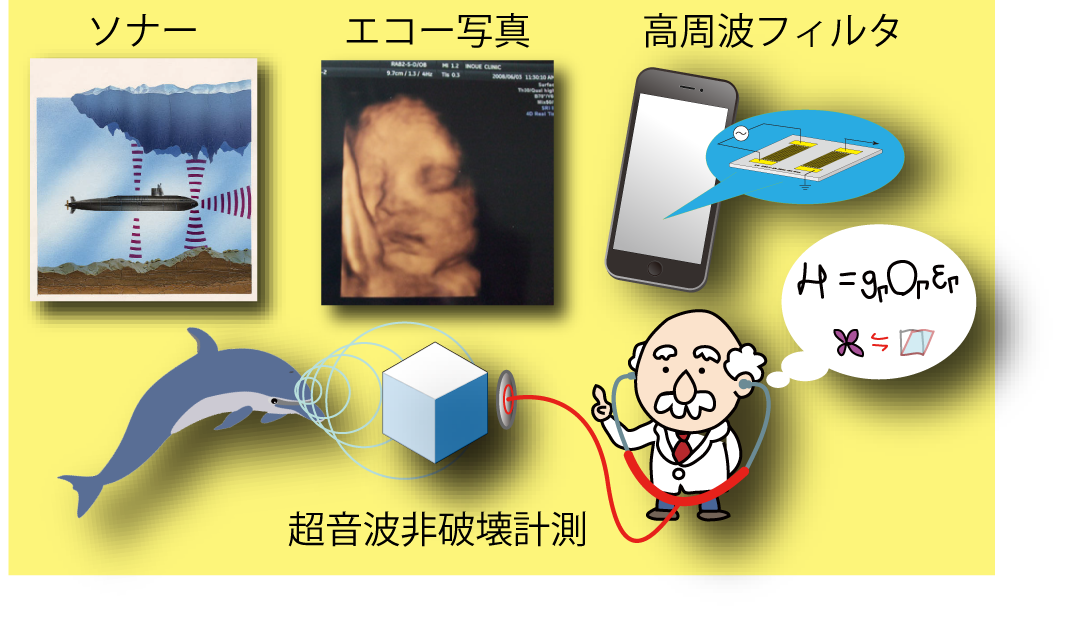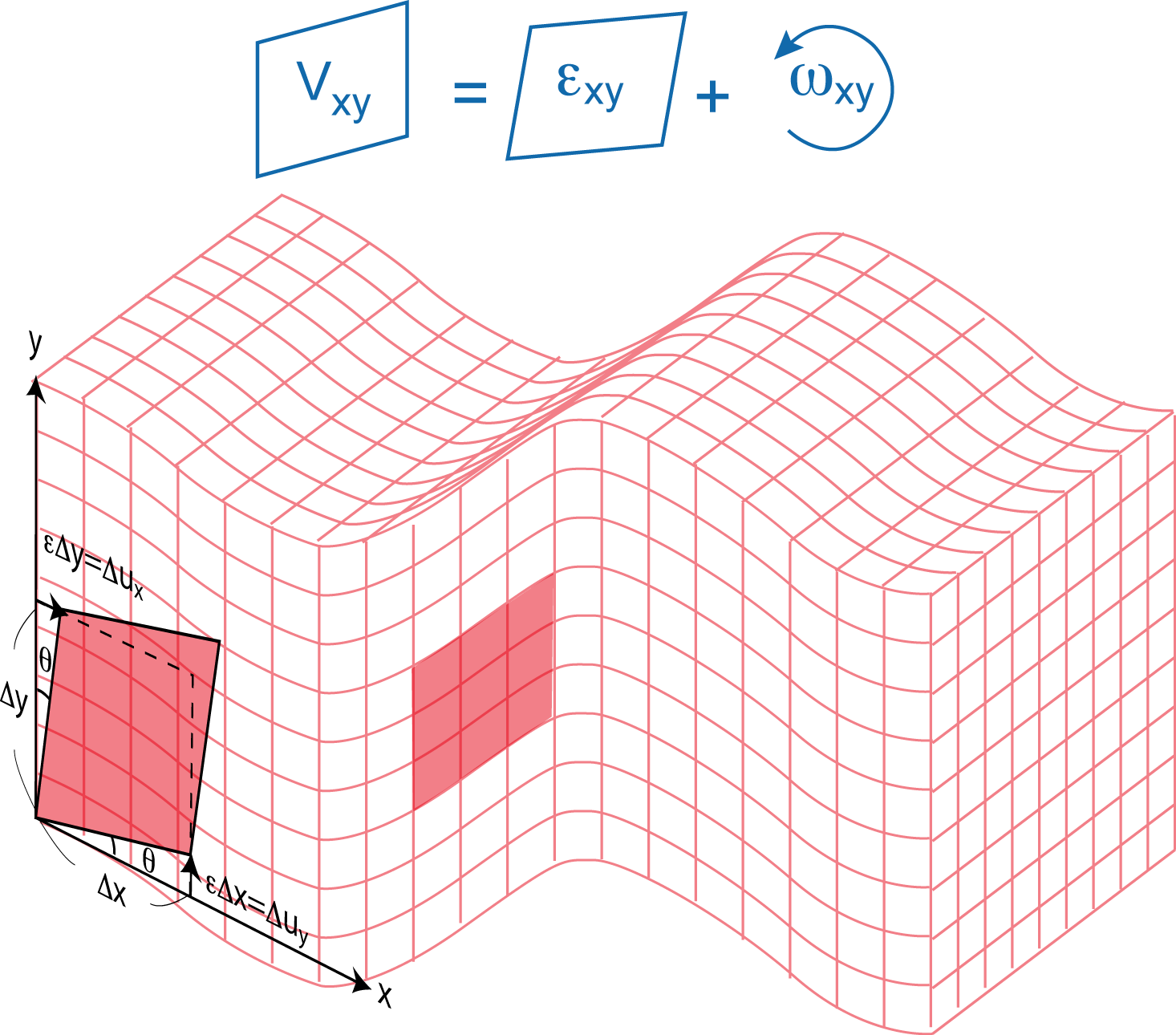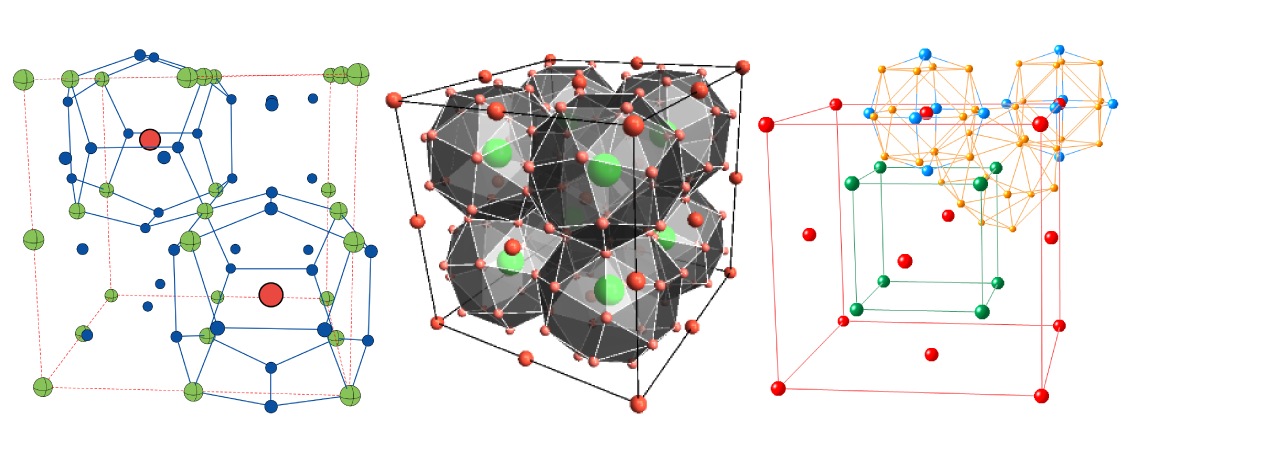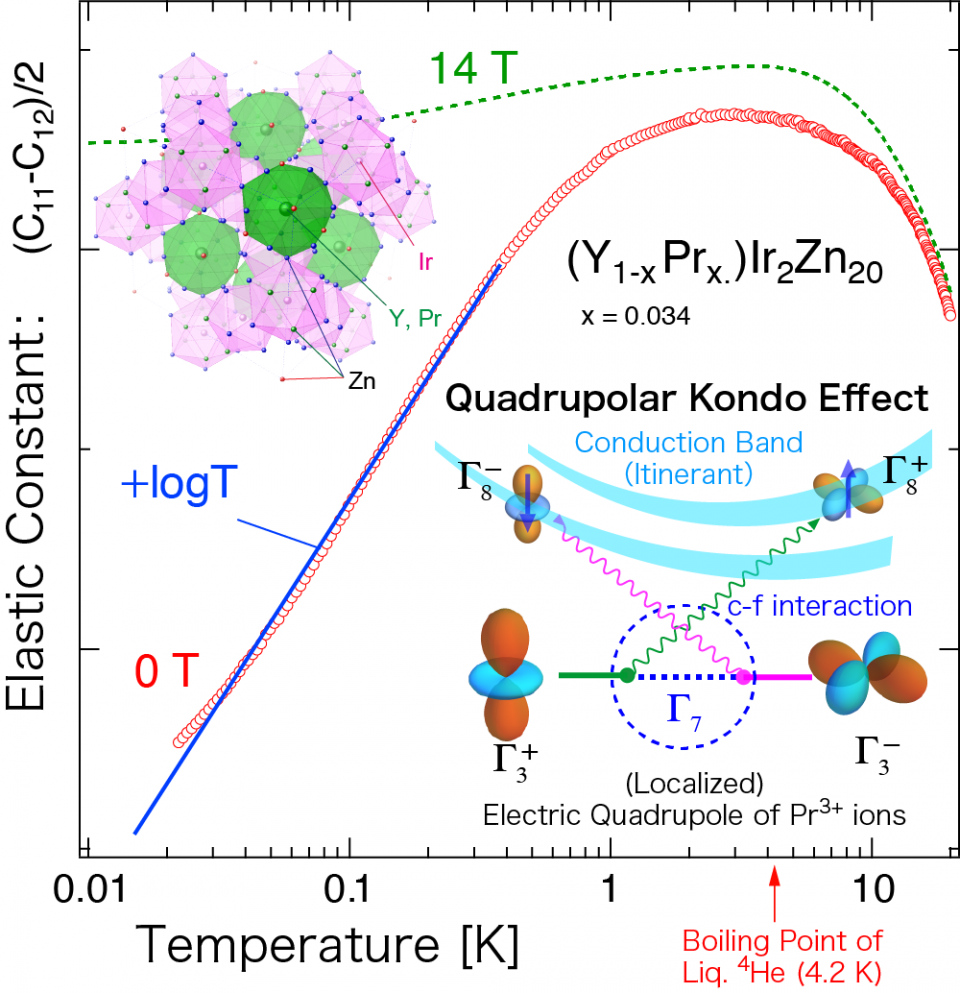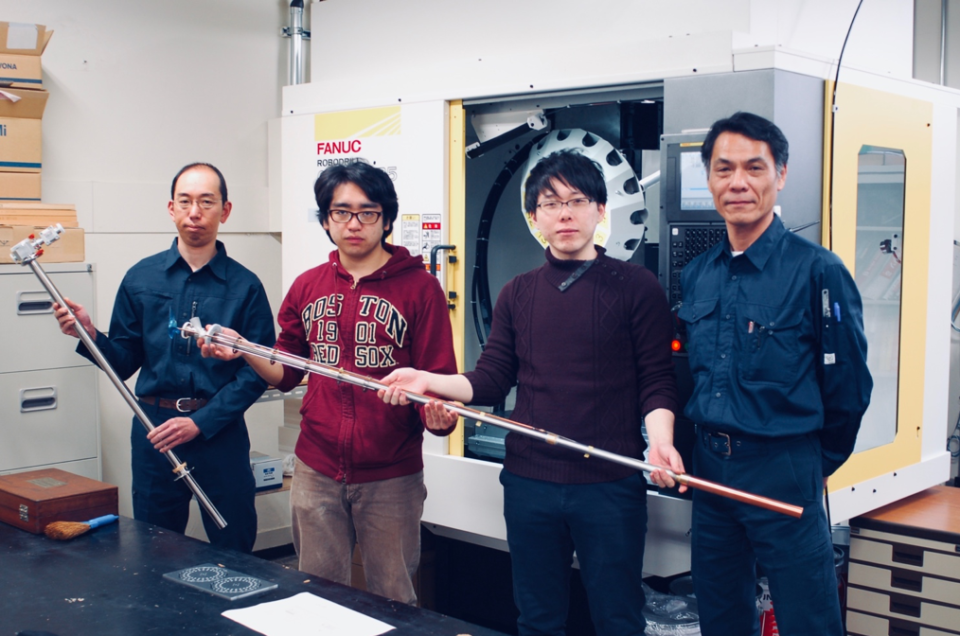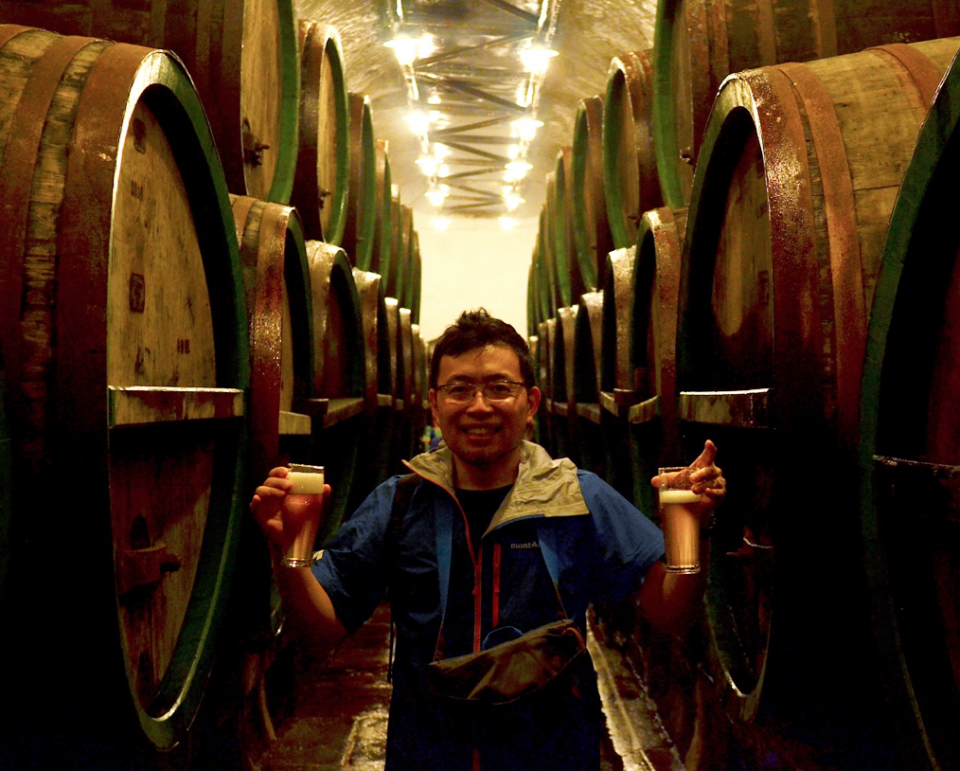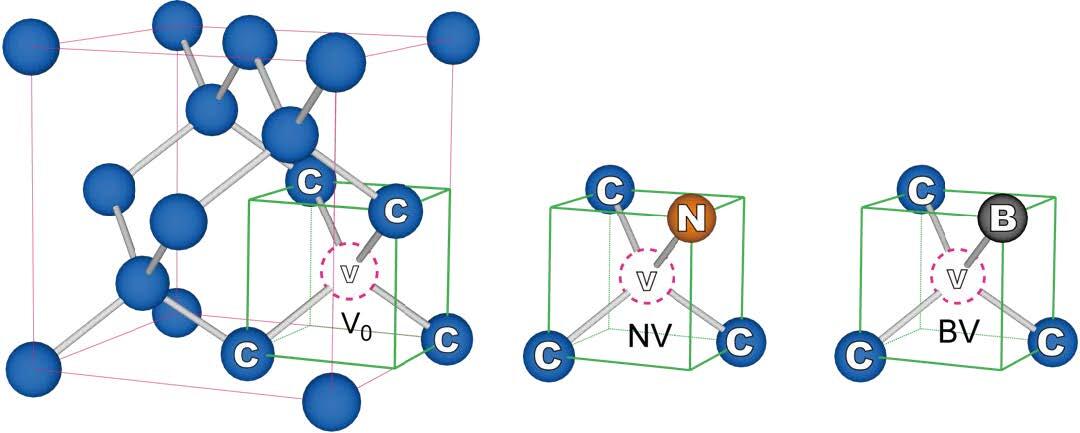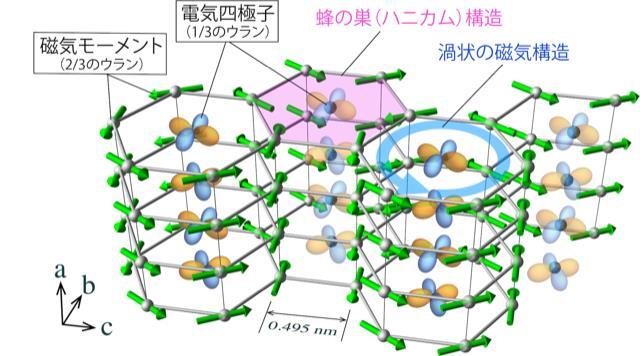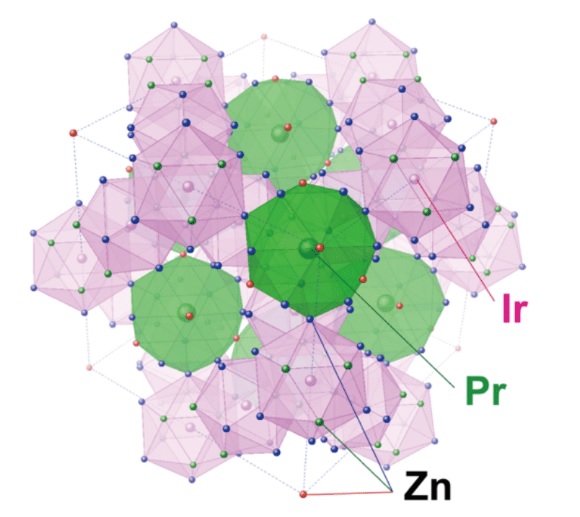YANAGISAWA Tatsuya
Professor
Ultrasonic Investigation of Electronic State in Solids
Department of Physics, Condensed Matter Physics
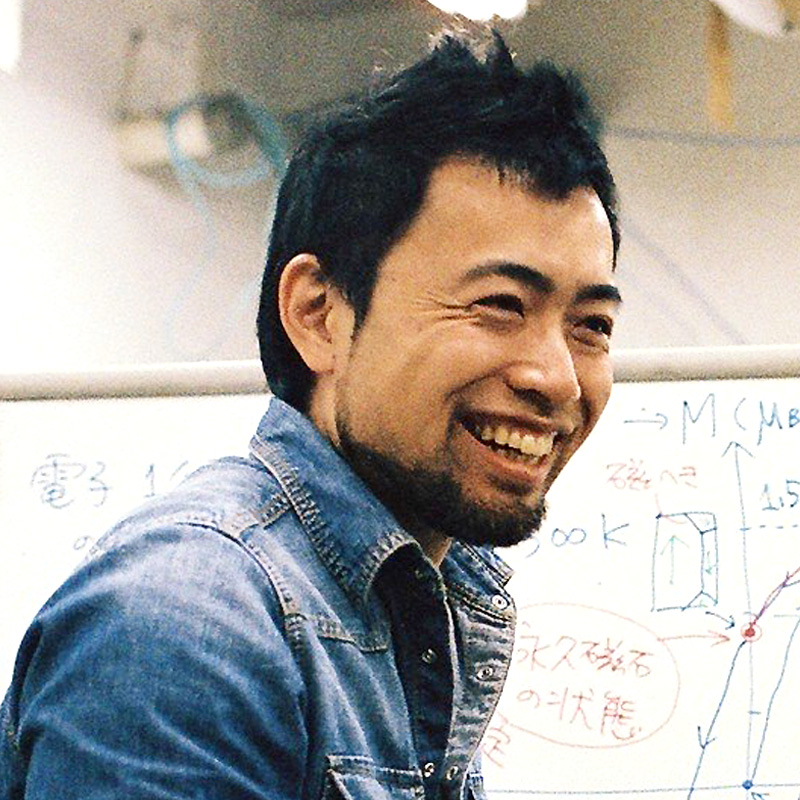
| Theme | 1) Test for detection of augmented multipoles using composite field with electric current, lattice rotation and strains |
| Field | Condensed Matter Physics, Strongly Correlated Electron Systems, Low-temperature Physics |
| Keyword | Ultrasound, Very Low Temperature, High Magnetic Fields, Magnetism, Superconductivity, Rattling, Cage-structured Compounds, J-Material |
Representative Achievements
T. Yanagisawa, H. Hidaka, H. Amitsuka, S. Zherlitsyn, J. Wosnitza, Y. Yamane, and T. Onimaru
Phys. Rev. Lett. 123 (2019) 067201.
T. Yanagisawa, S. Mombetsu, H. Hidaka, H. Amitsuka, P. T. Cong, S. Yasin, S. Zherlitsyn, J. Wosnitza, K. Huang, N. Kanchanavatee, M. Janoschek, M. B. Maple, and D. Aoki
Phys. Rev. B 97 (2018) 155137.
Hiraku Saito, Kenta Uenishi, Naoyuki Miura, Chihiro Tabata, Hiroyuki Hidaka, Tatsuya Yanagisawa, and Hiroshi Amitsuka
J. Phys. Soc. Jpn. 87 (2018) 033702. (Editor's Choice)
S. Mombetsu, T. Murazumi, H. Hidaka, T. Yanagisawa, H. Amitsuka, P.-C. Ho, and M. B. Maple
Phys. Rev. B 94 (2016) 084152.
Tatsuya Yanagisawa, Shota Mombetsu, Hiroyuki Hidaka, Hiroshi Amitsuka, Mitsuhiro Akatsu, Shadi Yasin, Sergei Zherlitsyn, Jochen Wosnitza, Kevin Huang, and M. Brian Maple
J. Phys. Soc. Jpn. 82 (2013) 013601.
| Academic degree | Ph. D. |
| Academic background | Professor, Hokkaido University 2022-present Associate Professor, Hokkaido University 2012-2021 Project Assistant Professor (Tenure Track), Hokkaido University 2008-2011 Postdoctoral Scholar, Niigata University 2007 JSPS Postdoctoral Fellow, University of California San Diego 2005-2006 JSPS Research Fellow, University of California San Diego 2004 Supervisor: Prof. M. Brian Maple JSPS Research Fellow, Niigata University 2003 |
| Affiliated academic society | The Physical Society of Japan |
| Project | J-Physics: Physics of Conductive Multipole Systems |

